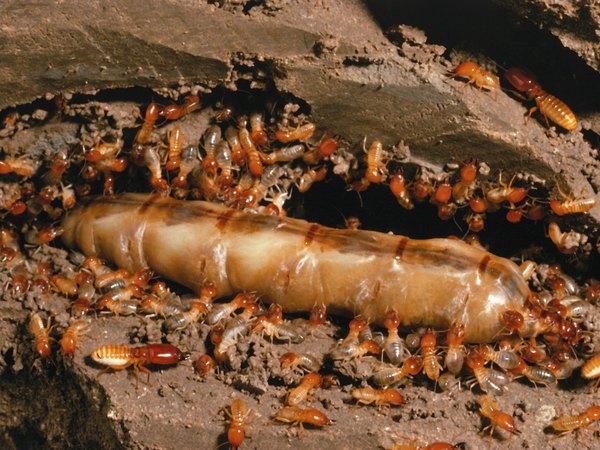10 Simple Techniques For Preventing Termite Damage on Live Trees: Effective Techniques and Solutions

How to Pinpoint if Your Online Tree is Being Consumed by Pests
Pests are little, wood-eating pests that can easily result in significant harm to your building, consisting of real-time trees. These quiet invaders often go undetected until the harm is intense. It is vital to recognize the signs of termite problem early on to prevent additional destruction and spare your plants. In this write-up, we will certainly cover how to recognize if your online tree is being eaten through termites.
1. Find Out More Here or Damaged Wood
One of the most obvious indications of termite problem in a real-time tree is vacant or harmed lumber. Pests eat lumber coming from the within out, leaving a network of tunnels and exhibits within the plant trunk. As they eat the inner coatings of hardwood, the outer surface may show up in one piece, but touching on it might generate a vacant noise. If you observe any kind of gaps or holes in your plant torso or divisions, it could possibly suggest termite task.
2. Mud Cylinders

Termites develop dirt tubes as protective passages between their nests and food resources. These pipes are commonly created of dust and spit and offer pests with wetness while they journey between their underground colonies and the plant they are nourishing on. Look for pencil-sized brown cylinders running along the boot or branches of your live plant as an sign of pest presence.
3. Disposed of Wings
In specific times, termites flock to procreate and develop brand new nests. During this time, they dropped their airfoils after finding a suitable area for emigration. If you discover thrown away wings near your real-time tree, it can be a indication that termites have opted for it as their brand-new residence.
4. Frass
Frass refers to termite droppings or digestive pellets that accumulate near their feeding websites or exit openings in trees. These small pellets are similar to sawdust or coffee grounds and are usually located at the bottom of an infested online tree or on bordering soil.
5. Weakened or Dying Leaves
Pests feed on the carbohydrate found in wood, including that located in real-time plant leaves. If you see your plant's vacation turning yellow, wilting, or falling prematurely, it might be a sign of pest damages. As pests consume the internal layers of a tree's branches and torso, they disrupt its nutrient source, leading to damaged foliage.
6. Existence of Termites
At times the existence of termites themselves may be an evident red flag of invasion. Termites are pale-colored insects that look like ants but possess upright antennae and extensive bodies without constrictions. If you observe pests crawling around your real-time plant or notice their nests not far away, it is critical to take immediate action.
Conclusion
Pinpointing pest infestation in live trees is essential for very early interference and defense versus more harm. Through paying interest to signs such as hollow or damaged timber, dirt pipes, discarded airfoils, frass, weakened leaves, and the visibility of termites themselves, you can spot termite activity before it ends up being severe. If you presume a pest infestation in your live tree, get in touch with along with a specialist parasite control service to evaluate the extent of the complication and implement necessary measures to safeguard your useful trees coming from more damage.
